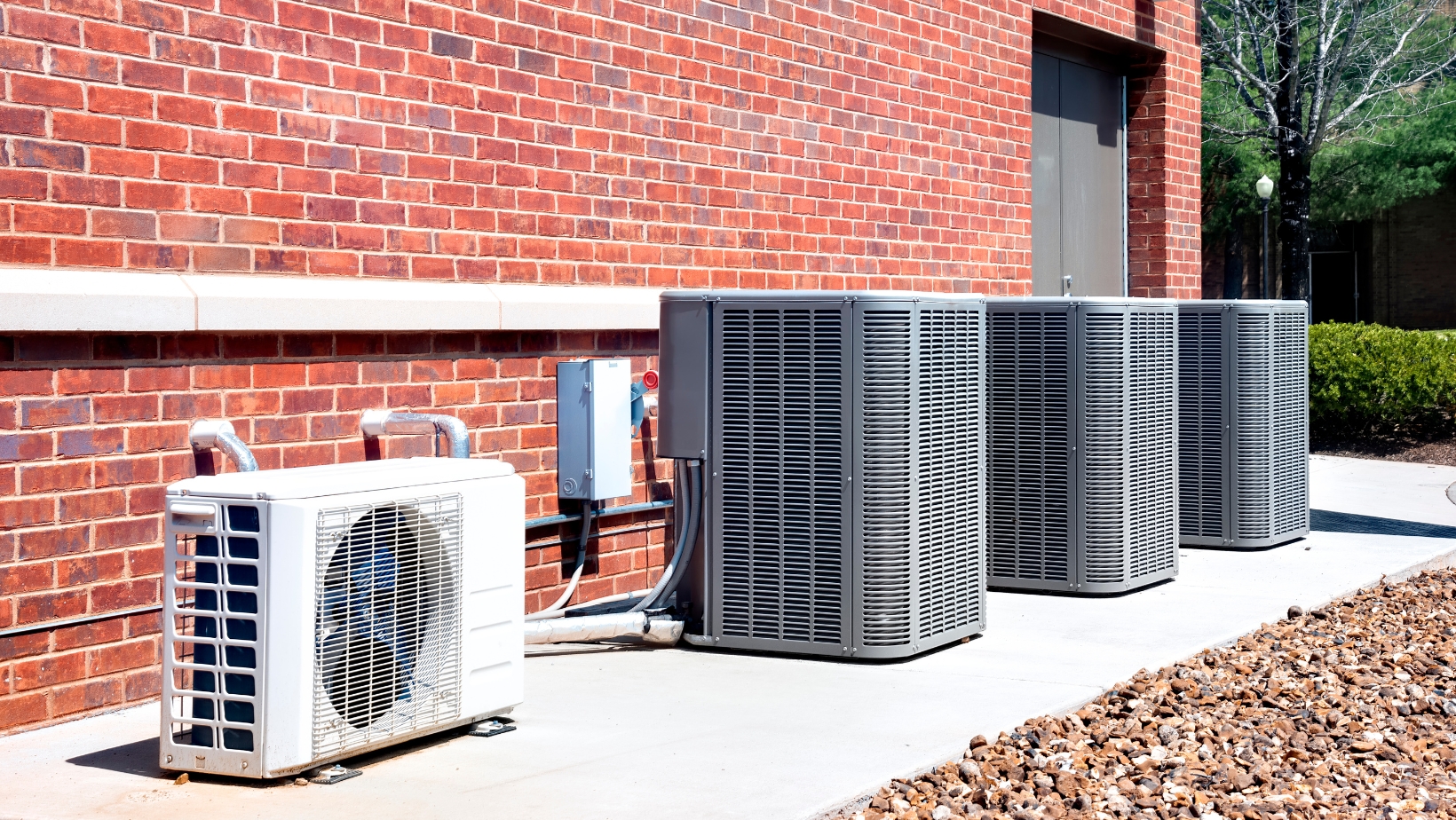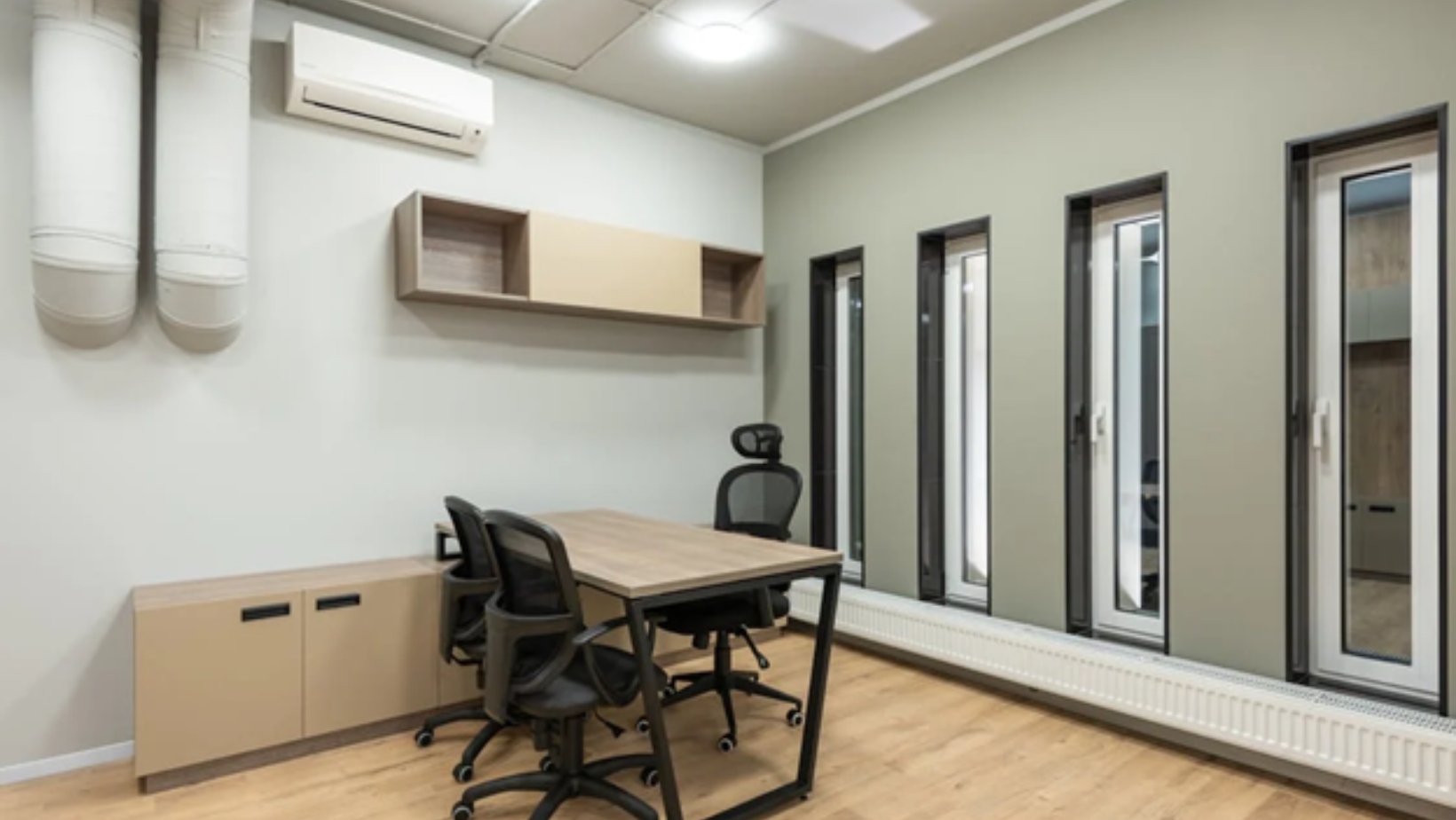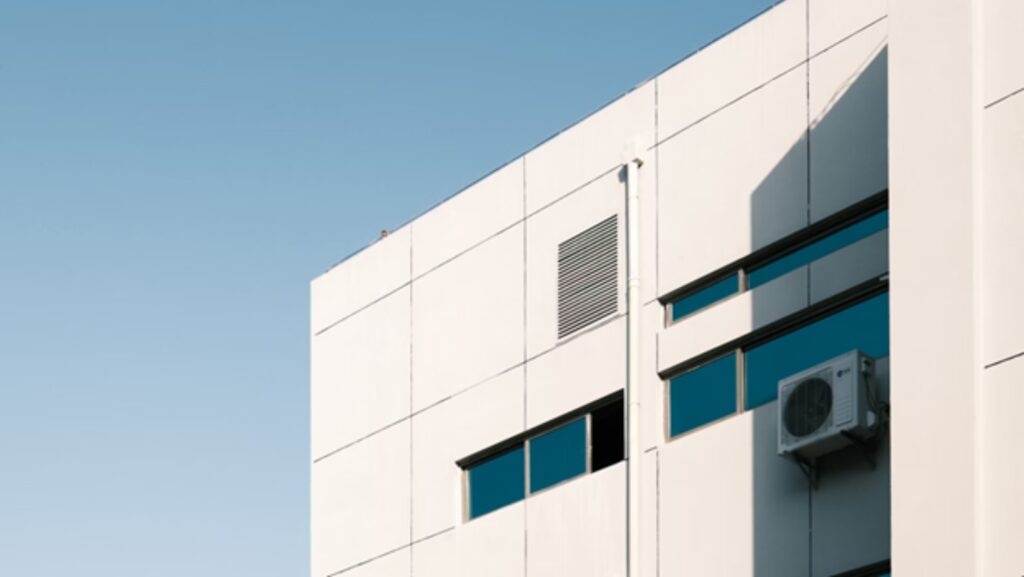Your HVAC system is the heart of your home’s comfort, keeping you warm in the winter and cool in the summer. But what happens when it’s not working as efficiently as it should? An underperforming HVAC system can lead to higher energy bills, poor air quality, and uneven temperatures throughout your home. Ignoring the warning signs can result in costly repairs or even complete system failure. By recognizing the signs early, you can take action before minor issues turn into major problems. If your energy bills are creeping up, your home feels less comfortable, or you notice strange noises from your vents, your HVAC system might not be working at its best.
Get Professional Help
HVAC technicians have specialized tools to measure airflow, check refrigerant levels, and assess the efficiency of critical components like the compressor and evaporator coils. Underlying issues like duct leaks, electrical malfunctions, or improper calibration could silently reduce its efficiency and increase energy costs. When it comes to an underperforming HVAC system, experts from Lyons Air Conditioning & Heating note that professional services can accurately diagnose issues, perform necessary repairs, and optimize your system for maximum efficiency. Regular maintenance by a qualified technician not only helps catch problems early but also extends the lifespan of your HVAC unit.
Rising Energy Bills
If your electricity or gas costs are significantly higher than usual – mostly when your usage habits haven’t changed – it could mean your system is struggling to maintain the desired temperature. When an HVAC unit loses efficiency, it runs longer and works harder to compensate for declining performance. This extra effort leads to excessive energy consumption and higher utility costs.

Several factors can contribute to this issue, including dirty air filters, clogged ducts, refrigerant leaks, or failing components like the compressor or blower motor. Seasonal changes can naturally cause fluctuations in energy usage, but a steady increase over time suggests a deeper problem.
Uneven Temperatures and Poor Airflow
Proper air circulation is important for consistent indoor comfort, and an underperforming system can create noticeable temperature imbalances. Weak airflow from vents is another common issue, often caused by dirty filters, blocked ducts, or a failing blower motor. An aging or improperly sized HVAC unit can also contribute to these problems. If your system is too small for your home’s square footage, it will struggle to maintain an even temperature. An oversized unit may cycle on and off too frequently, preventing proper air distribution. Checking for blocked vents, cleaning filters, and making sure your ductwork is in good condition can improve airflow, but if the problem persists, a professional assessment is necessary.
Unusual Noises and Strange Smells
Banging, rattling, squealing, or grinding sounds may indicate loose parts, worn-out belts, or motor failure. A persistent buzzing or clicking sound could mean an electrical issue, while a whistling noise might suggest airflow restrictions due to a clogged filter or blocked duct. A musty or moldy smell can signal excessive moisture or mold growth in your ductwork, while a burning odor might indicate an overheating motor or electrical issue. If you notice a rotten egg smell, it could be a gas leak, which requires immediate attention. Paying close attention to new or worsening noises and smells can help you catch HVAC issues before they become serious hazards.
Frequent Cycling and Short Runtime
Short cycling occurs when a system shuts off before completing a full heating or cooling cycle, preventing it from effectively regulating indoor temperatures.

This issue can stem from various causes, including a dirty or faulty thermostat, refrigerant leaks, or an improperly sized unit. Short cycling puts unnecessary strain on the system, leading to premature wear and tear on vital components. It reduces energy efficiency and can cause humidity imbalances inside your home. If your system frequently turns off before reaching the set temperature, a professional inspection is necessary to determine the underlying problem.
Excessive Humidity and Poor Indoor Air Quality
High humidity levels can create a breeding ground for mold and mildew, while overly dry air can cause respiratory discomfort, dry skin, and increased static electricity. Poor indoor air quality is another sign of an underperforming system. If you notice more dust accumulation, lingering odors, or worsening allergy symptoms, your HVAC filters and ducts may be clogged. A failing system may struggle to filter out airborne particles, leading to increased pollutants in your home. Replacing filters regularly, scheduling duct cleanings, and making sure your system is properly maintained can help improve indoor air quality and comfort.
Recognizing the signs of an underperforming HVAC system can save you from costly repairs and discomfort. High energy bills, uneven temperatures, strange noises, short cycling, poor air quality, and an aging system all indicate potential issues that shouldn’t be ignored. Regular maintenance, timely repairs, and professional inspections can help extend your system’s lifespan and keep it running efficiently. If you notice any of these warning signs, taking action early can prevent major breakdowns and make sure your home remains comfortable year-round.
